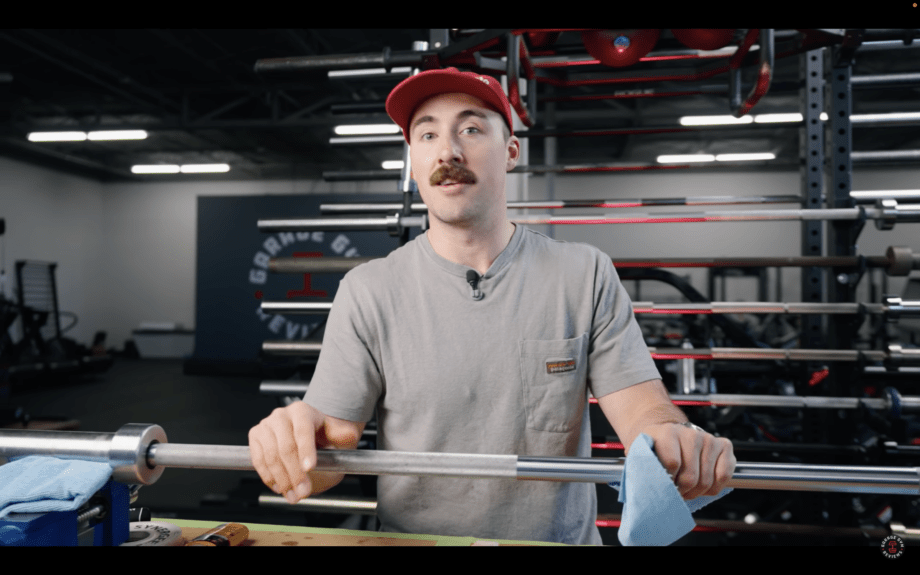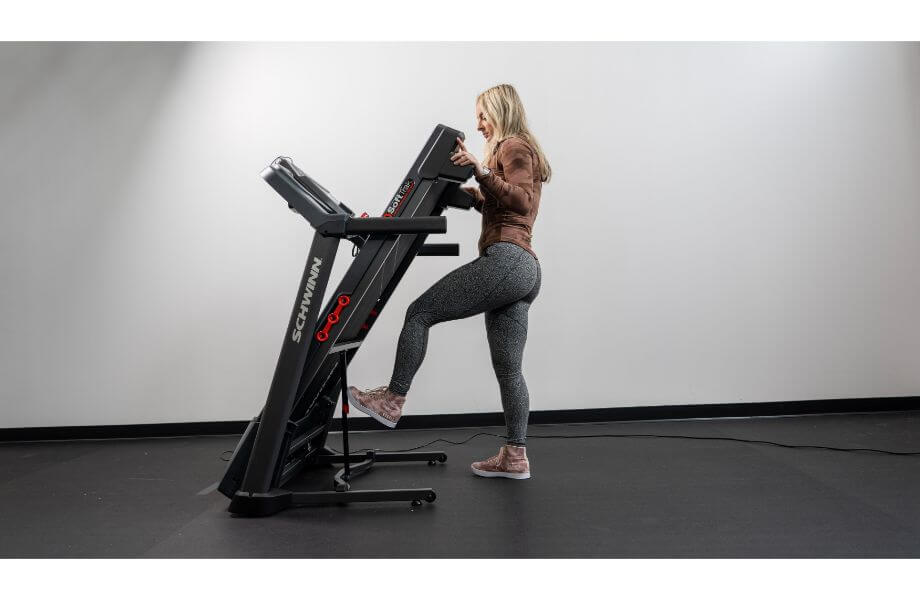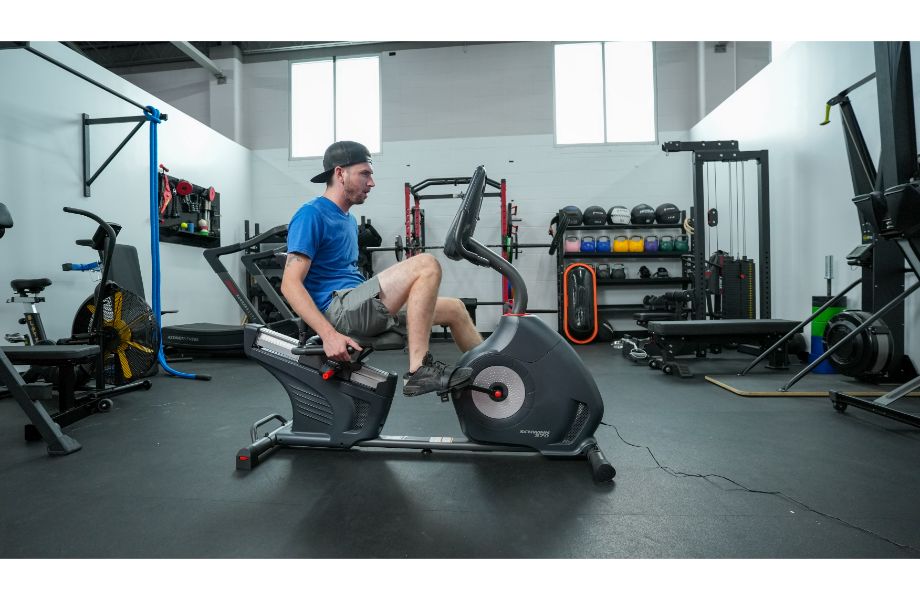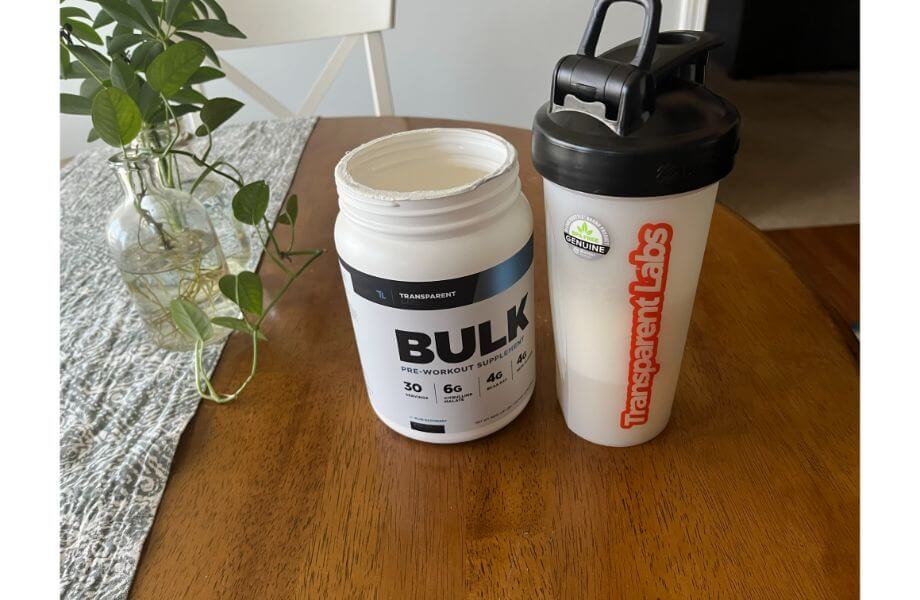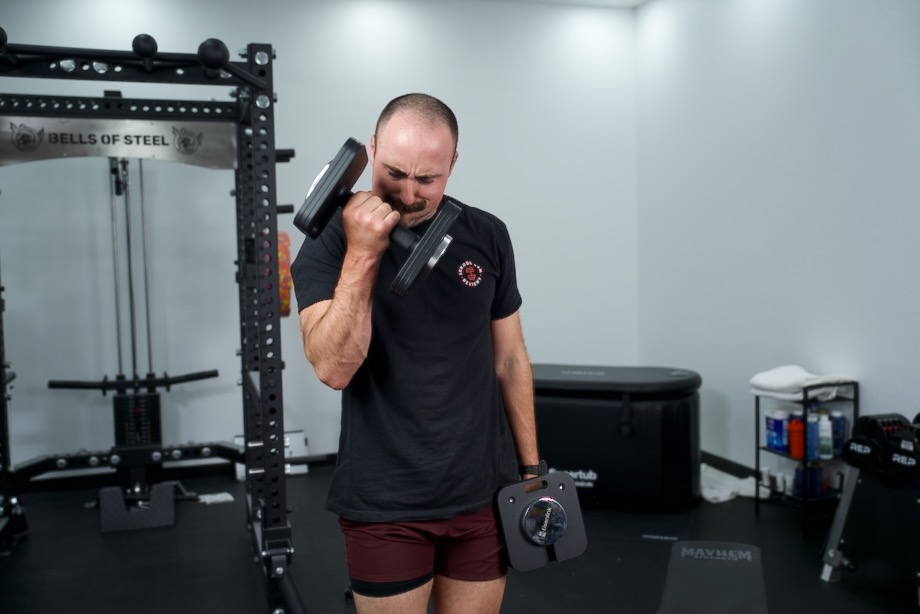There are many fitness equipment items out there, but arguably none could be more valuable than the basic Olympic barbell. If all you had was a barbell, weight plates, and collars, you can train every major muscle group and focus on strength, building muscle, improving endurance, or even weight loss.
There are barbells for every goal and training style, and having one in your home gym is a must. We’re going to help you determine which is the best barbell for your fitness needs, what to look for when choosing a barbell to buy, and even how to choose a barbell based on what it is made of. Once you finish reading this, you’ll feel like a barbell expert yourself.
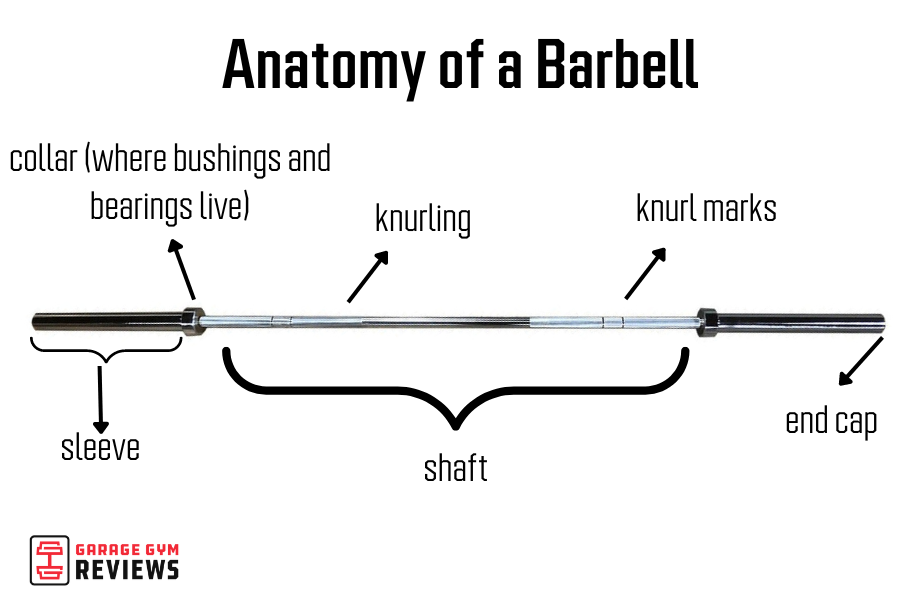
Type of Olympic Barbells
A barbell may just be a barbell in the eyes of a beginner, but there are levels to this stuff. If you train for a particular strength sport such as Olympic weightlifting or powerlifting, then you want a specific type of barbell that will support that type of training. Bodybuilders and athletes who like to train in multiple disciplines may want a different type of bar. Then, there are specialty bars that have very specific functions.
Let’s dive in to these types of bars.
Powerlifting Barbells
Athletes who want to focus on the back squat, bench press, and deadlift should have the best powerlifting barbells that are meant to support those purposes. A squat bar is meant to hold more weight than a regular barbell, and they’re less likely to bend while the lifter is going through the exercise. The center knurling will be more aggressive so it stays on the back of the shoulders.
RELATED: Deadlift Muscles Worked
A deadlift bar has a narrower (read: skinnier) shaft diameter with more aggressive knurling where you would hold it so you can maintain your grip. It will also have more whip to it so the bar bends as the lifter is pulling before the weight leaves the floor. The result is the lifter can feel safer while attempting to work with heavier loads.
Olympic Weightlifting Barbells
An Olympic bar specifically for the sport of weightlifting (which is the snatch and the clean-and-jerk) will have bushings inside the sleeves that help the bar spin while it’s being lifted. This benefits the weightlifter as well as CrossFit athletes because that spin will help them maintain possession throughout the explosive exercises. Olympic weightlifting bars will have knurling that may not be as aggressive as powerlifting bars, but you can still secure your grip.
These barbells can help a competitor achieve a new one-rep max, but they can also be used for accessory work that will help maximize their potential on the two main lifts. Examples of exercises include front squats and the standing overhead press. Barbells like the Eleiko IWF Training Bar which are approved by the International Weightlifting Federation (IWF) are specifically meant to support athletes in the sport.
RELATED: The Best Weight Plates
Multipurpose Bars
A multipurpose barbell may also be known as a general barbell. Some examples of this include the Rogue Ohio Bar and the Synergee Games Bar. Beginners and athletes who are training for bodybuilding or general fitness need a good quality barbell that they can put in a power rack and perform exercises.
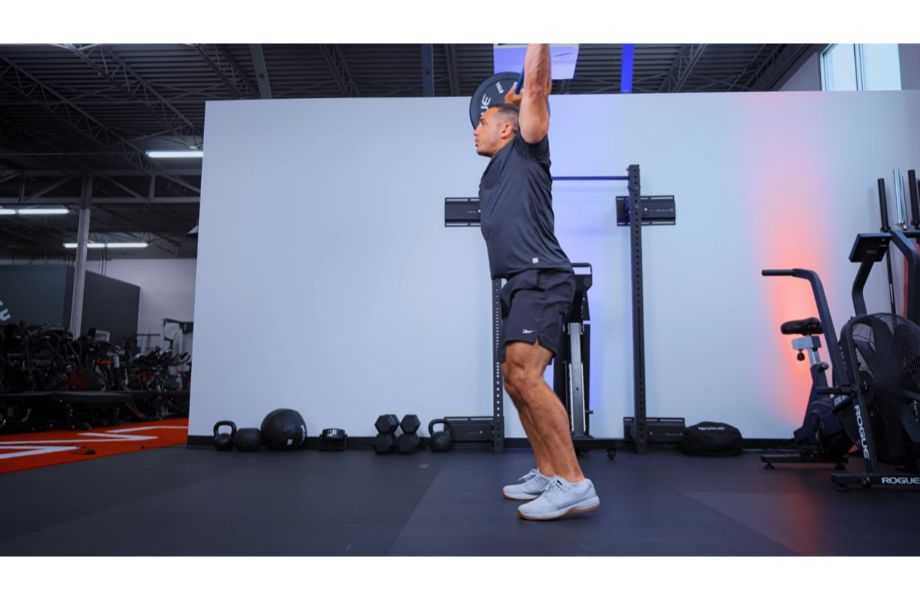
Many home gym owners may find that a multipurpose barbell is all they need, which is great. It can be used for any lift, as it usually has bushings or needle bearings that allow it to spin for the Olympic movements but is still stable enough for the power movements as well.
Speciality Bars
Specialty bars have unique functions, and they are designed for one need. Examples of specialty bars include safety squat bars, the EZ curl bar, and the trap bar. There are others, and they can be seen in many commercial gyms. Buying a standard barbell is more important, but home gym owners who can afford a good specialty bar would be wise to invest in them so they can maximize their potential.
Weight
The standard Olympic barbell comes in two weights: a 20-kilogram/44-pound option, sometimes referred to as a “men’s bar,” and a 15-kilogram/33-pound option, sometimes called a “women’s bar.” Either weight can be used by anyone; men and women are not relegated to using a specific bar unless they are in competition.
Some companies make barbells that actually weigh 45 or 35 pounds, but most of the time, bars are in kilograms and you’ll need to do math if you need an exact weight and use pound plates. Competition bars for the IWF or International Powerlifting Federation (IPF) will always come in kilograms.
There are also lighter bars available for beginner or youth athletes. These can come in 10-kilogram or 15-pound varieties. Sometimes, these bars also have a thinner shaft to accommodate for smaller hands.
Specialty barbells can have different weights because of their sizes. For example, EZ Curl bars can weigh anywhere from 15 to 25 pounds. The weight of specialty bars is up to the manufacturer of the barbell. Some trap bars weigh 45 pounds while others can weigh up to 65 pounds, and safety squat bars can weigh upwards of 75 pounds.
If you’re looking at specialty bars, you should check with the manufacturer so you know the amount of weight before you hit the order button.
RELATED: Best Curl Bars
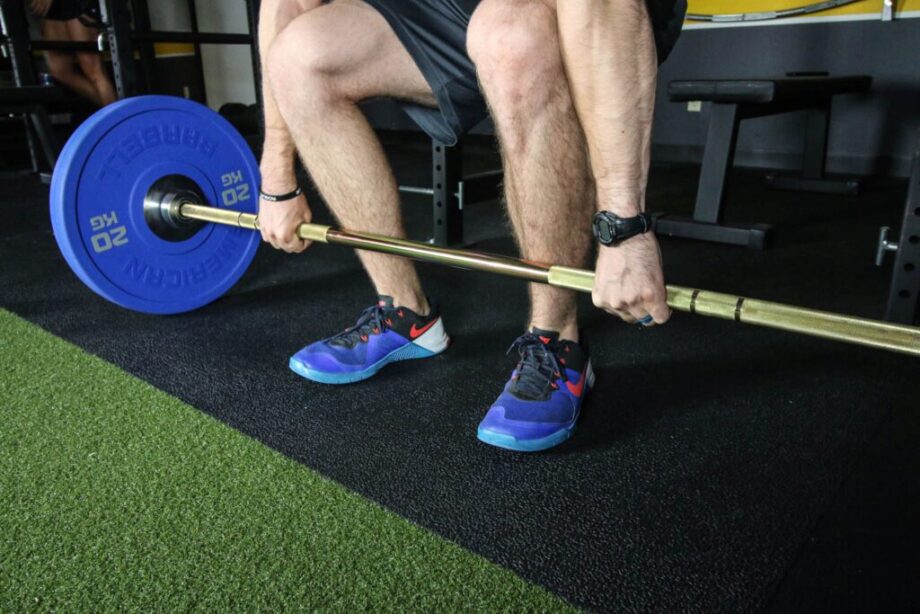
Tensile Strength
A barbell’s strength could be promoted by tensile strength, or yield strength, which is measured by PSI, or pounds per square inch. This number is important because it explains the maximum weight the barbell could support without fracturing. In other words, if you use weight that is less than the bar’s maximum tensile strength, it can return to its original form. The standard for most barbells is between 190,000 PSI and 205,000 PSI, although some budget barbells will go lower, and power bars can go much higher (and will be much stiffer, too).
The higher the tensile strength, the better quality the barbell will be. Here’s how the Garage Gym Reviews team rates barbells’ tensile strength:
- To get a 1, the tensile strength is below 150,000 PSI.
- To get a 2, the tensile strength is between 150,000 and 165,000 PSI.
- To get a 3, the tensile strength is between 165,000 and 180,000 PSI.
- To get a 4, tensile strength is between 180,000 and 190,000 PSI.
- To get a 5, the tensile strength is at or above 190,000 PSI.
Knurling and Knurling Marks
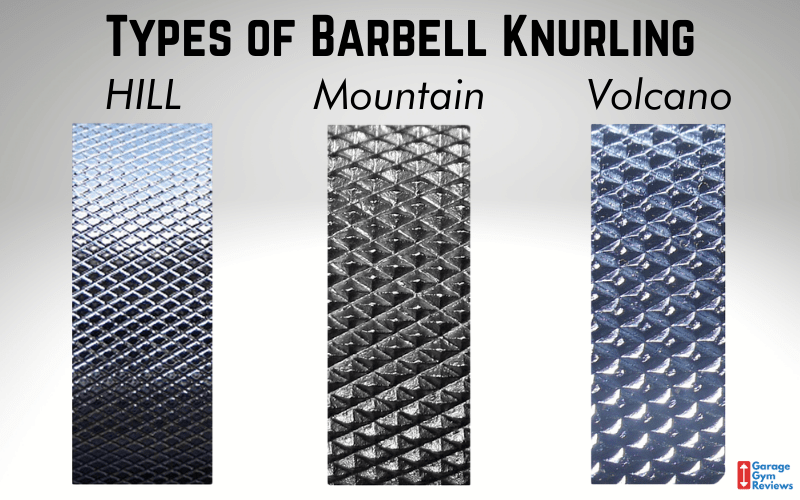
It’s no secret that our team at GGR loves barbell knurling. Knurling on the barbell is an important factor to consider when purchasing a barbell. If you’re going to focus on squatting, then you want the barbell to have high-quality center knurling. Regardless of the type of training you take part in, you don’t want the barbell to be smooth or light.
Most trainees could benefit from having a barbell with moderate to aggressive knurling. The knurling should be moderate if you have sensitive hands, but more lifters would want an aggressive knurling to help them maintain a solid grip.
Another aspect to pay attention to is the rings on the barbell. Organizations such as the IPF and IWF have specific rings, or notches in the knurling, where competitors can place their hands on the barbell. If you’re training in either strength sport, then you should have a barbell with those rings so you can train the same way you would compete.
Rotation System: Bushings or Bearings?
Some barbells have bushings inside the sleeves while others have bearings. The difference will depend on how important the rotation or spin of a barbell would be for your type of training.
Barbells with bearings will provide more spin, which can benefit Olympic lifters and CrossFit athletes. There is generally a higher price tag for barbells with bearings, but the investment will be worth it because you can perform reps in a smoother manner, and it will be safer for you as the lifter.
Bushings will still provide rotation for the barbell, but it won’t be as profound. They will also be less expensive. If you’re more into powerlifting or need to work within a budget, then a barbell with bushings could be an option for you.
There are some ultra-budget barbells on the market that don’t have a rotation system at all. If you just need a bar for accessory lifts, this might be okay, but we recommend getting a bar that has some type of rotation system.
Shaft Diameter
The shaft of the barbell is the long and thinner piece in the middle that you hold onto while you’re using it. Most 20-kilogram Olympic barbells have shafts that are 28-32 millimeters in circumference, and high-end barbells will have knurling on both ends as well as in the middle. The 15-kilogram barbells typically have shafts that are about 25 millimeters.
The thicker the shaft of the barbell is, the more your grip will come into play during the lift. If you’re looking for a general purpose barbell, then you should simply make sure you can hold the barbell comfortably when you perform both pressing and pulling movements. If you have small hands, the 25-millimeter shaft may be a better fit for you.
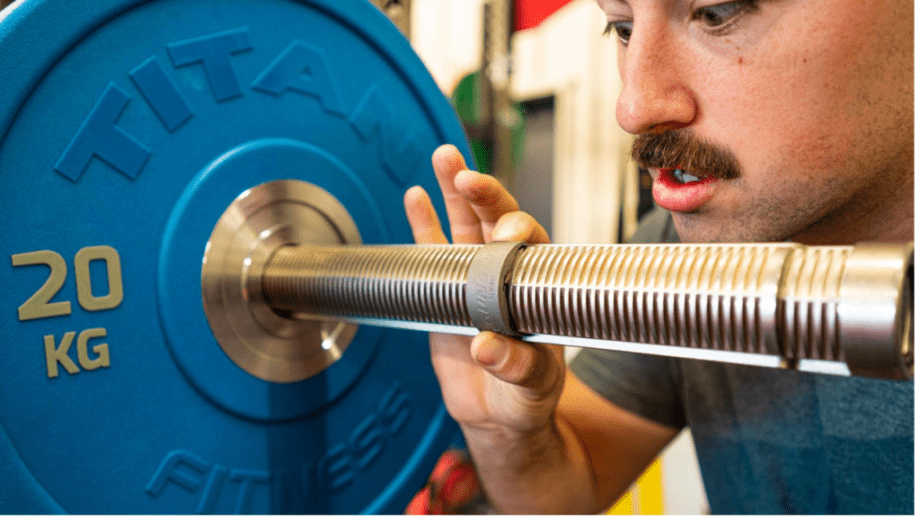
The ends of the bar, or the barbell sleeves, will be around 2 inches in circumference so they can support both Olympic bumper plates and iron plates.
Shaft Coating Options
The material that the barbell is made of matters because it needs to be suitable for the environment you’re going to be training in. Different barbell coatings can handle certain elements, while others are best to be used inside the home gym only. Make sure you have the right bar with the right finish so you can have the best workouts possible for as long as possible.
RELATED: How to Clean a Barbell
Bare Steel
Bare steel bars have no finish on them at all. The knurling that is cut onto a bare steel bar will be more likely to stay pristine and aggressive. The downside? The level of rust resistance leaves a lot to be desired. Because of this, extra care is necessary to keep them from rusting. Advanced lifters and people who are training in temperature-controlled rooms could use a bare steel bar with peace of mind.
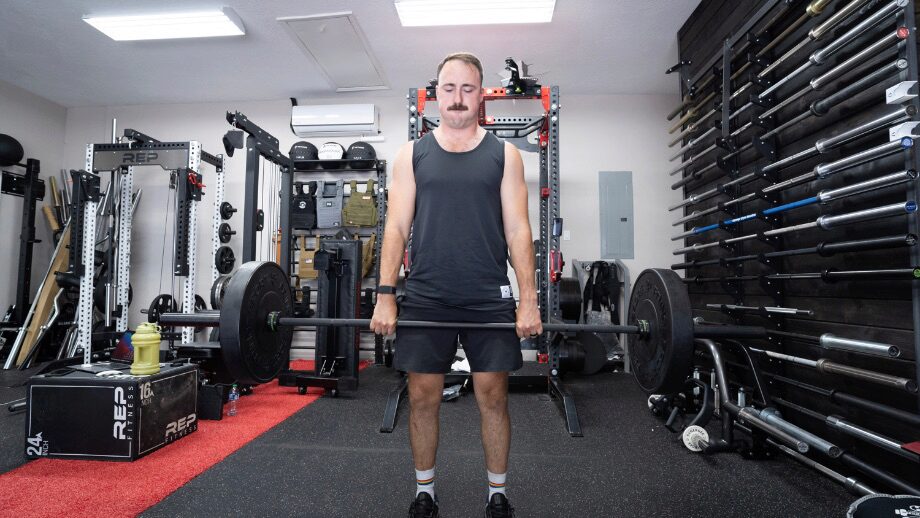
Black Oxide
Black oxide is a small step up from bare steel. It can keep a bar nice and grippy, and it will hold chalk well (just like bare steel), but it won’t do much in terms of protecting your bar against rust and other superficial issues.
Bright Zinc and Black Zinc
Bright zinc is the next step up on the corrosion-resistant scale. It can tolerate some levels of humidity and is fairly economical, in terms of price. The layer of bright zinc on a bar is typically not as thick of some of the coatings higher up on our protective scale, so you’ll still get a decent grip on the bar.
Black zinc is made by first putting bright zinc on the bar and then applying a layer of black chromate on top. Essentially, you’re just coloring the bright zinc finish. Therefore, black zinc offers similar protection as bright zinc. Keep in mind that as the bar gets slammed or dropped into the squat rack, the zinc finish could chip.
Hard Chrome
Next up is chrome. A hard chrome finish features high-carbon steel. The barbell is bathed, and the knurling is cut into the bar by the manufacturer. Chrome barbells are more rust-resistant than bare steel, but the knurling is less aggressive. It could be a better choice for beginners and general fitness home gym owners, but keep in mind that this is going to be more expensive than bare steel or zinc finish options.
This is different from decorative chrome, which is cheaper and less resistant to corrosion. Cheaper bars may try to pass off shiny decorative chrome as hard chrome, but they are different!
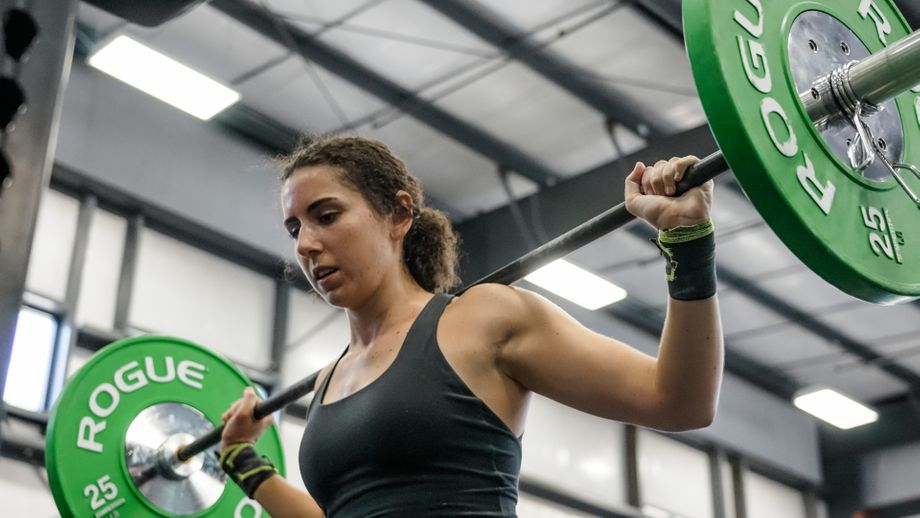
Cerakote
Barbells coated in cerakote are very well protected against rust, and they will feel comfortable in the hands. The United States military uses cerakote on many of their weapons, which shows how protective it can be. One advantage cerakote has over chrome is that cerakote bars may feel grippier than chrome bars.
Barbells that are coated in different colors are more likely to feature cerakote. They may cost more up front, but the value in the long run will be well worth it, especially if you live in high humidity.
Stainless Steel
Stainless steel barbells are among the most expensive, but they can be the longest lasting. The stainless steel finish will both protect the bar from rust or corrosion, and make it look better. Furthermore, a stainless steel barbell can be cleaned to maintain that look very easily, and it will need to be cleaned often, especially if it’s used outside. Stainless steel bars still have a great grip as well.
Sleeves: Coating and Loadable Length
Like the barbell shaft, the sleeves can be coated as well. Often, it’s with the same material that the shaft is coated with. For example, the Rogue Fitness Cerakote Bars also have cerakote on the sleeves. Many chrome barbells will also have chromed sleeves. Some sleeves will have lines in them to help keep the collars in place, while others have smooth finishes.
The loadable length of the barbell is another factor to consider. The load capacity of the barbell could be influenced by both the length of the sleeve as well as if you’re using standard iron or thicker rubber bumper plates.
Most 20-kilogram Olympic barbells have 16-inches of loadable sleeve length. The 15-kilogram bars are likely to have around 12 inches for plates and collars. Specialty barbells vary, but the manufacturer will likely have that information in the specs section of the page.
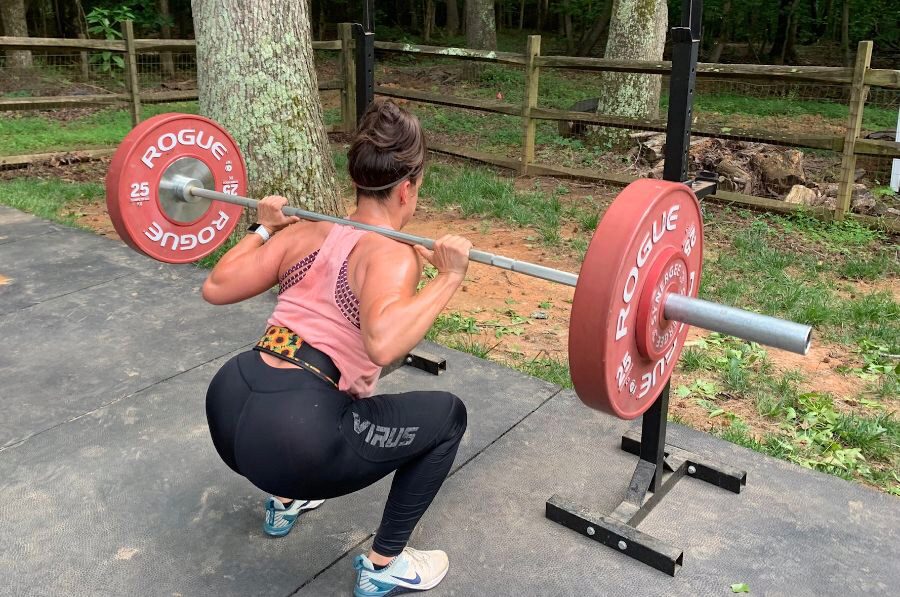
Barbell Whip
We briefly covered the barbell whip when we covered powerlifting barbells. The whip is how much and how easily the shaft of the barbell will bend when you’re trying to lift heavy weight. As you may guess, the heavier the weight, the greater the whip could be, which means you as the lifter will have to prepare and adjust accordingly.
Beginners or people who aren’t focused on strength don’t need to be as concerned about whip, but strength athletes know that it can be used to help them work with more weight if manipulated properly. If you’ve never felt what it’s like to use a barbell with whip, then you should try one for yourself from a gym or a home gym owner that has one before making the decision to buy one.
Warranty
As with any other product that offers a warranty, the longer, the better. Some companies, like Rogue Fitness, offer longer warranties for some of their barbells, while other brands like York Barbell only offer one year for some of their products.
If a barbell you’re looking at doesn’t offer at least a one-year warranty, then save your money and look elsewhere. You want a barbell that the manufacturer will stand behind. You as the consumer also want to maximize your return on the investment.
Barbell Buying Guide: Final Thoughts
You may not have realized there were so many components to buying a simple barbell, but this is a very big part of a home gym setup, and the care to make the best choice matters. Consider how you’re training, the environment you’re going to be training in, and what your fitness goals will be both in the short-term and long-term when you’re looking for the right barbell, and you will make the best decision possible. The best part will be when it arrives because then you can put it to good use.
Barbell Buying Guide: Q&A
What should I look for when buying a barbell?
You should find a barbell that has a high tensile strength and includes a long warranty. The finish on the barbell should be considered as well if you’re going to be training outside or in a non-climate controlled room. The spin of the barbell could also be important if you’re training in a sport like Olympic lifting or CrossFit.
What barbell weight should I buy?
Olympic plates are a must for your barbell. Iron plates used to be the most budget-friendly option, but that isn’t the case nowadays. Rubber weights cost about the same, and they can be dropped. However, they also may take up more sleeve length, so the choice should be based on how strong you are and how much weight you’ll need to put on it.
What size barbell should I start with?
The basic Olympic barbell weighs 20 kilograms or 44 pounds, and that is what most strength sports organizations use. If you’re not going to train heavy, or if you’re a beginner, you may want to buy a 15 kilogram/33 pound barbell instead. Keep in mind that this barbell isn’t only lighter, it will hold less weight than the 20 kilogram version.
How much should a good barbell cost?
Keep in mind that you get what you pay for. A cheap barbell will likely not last as long as one you invest more into. A high quality barbell that can withstand intense training could cost anywhere from $200 to $500. Make sure your barbell will have a long warranty, can be protected from rust, and will support a lot of weight.


